Animalia Of Australia: Protecting Wildlife From Pets
Animalia of Australia: Protecting Wildlife From Pets
By Kayleigh Greig, Age 13
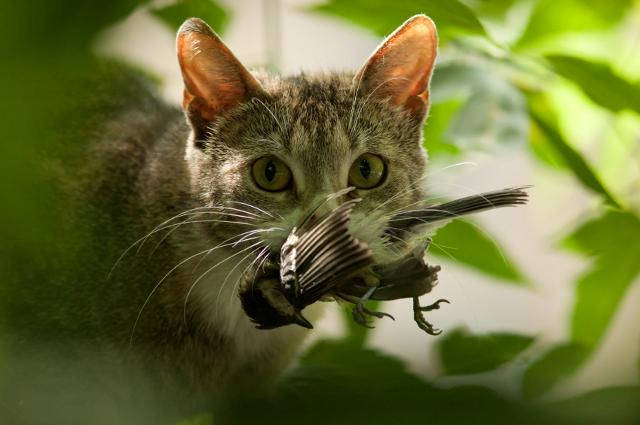
It’s terrible to receive little furry, scaly and feathery ‘gifts’ from your pet. That bluetongue lizard that had to be put down, that lorikeet that had only just hatched and that poor possum who limped away before you could do anything about it.
It is estimated that the average cat kills at least 40 animals per year, though often more, even if they don’t always take it home to show you. No matter how serene your cat is at home, they are still cunning and agile hunters. But dogs aren’t innocent either, they still have the killer instincts of their ancestors: wolves, and they account for shocking amounts of wildlife slaughter as well.
Scientists observed a single German shepherd and found that it was responsible for killing over 500 endangered birds.
So how do we stop this? Lucky for you, there are plenty of ways to control your furriest family members.
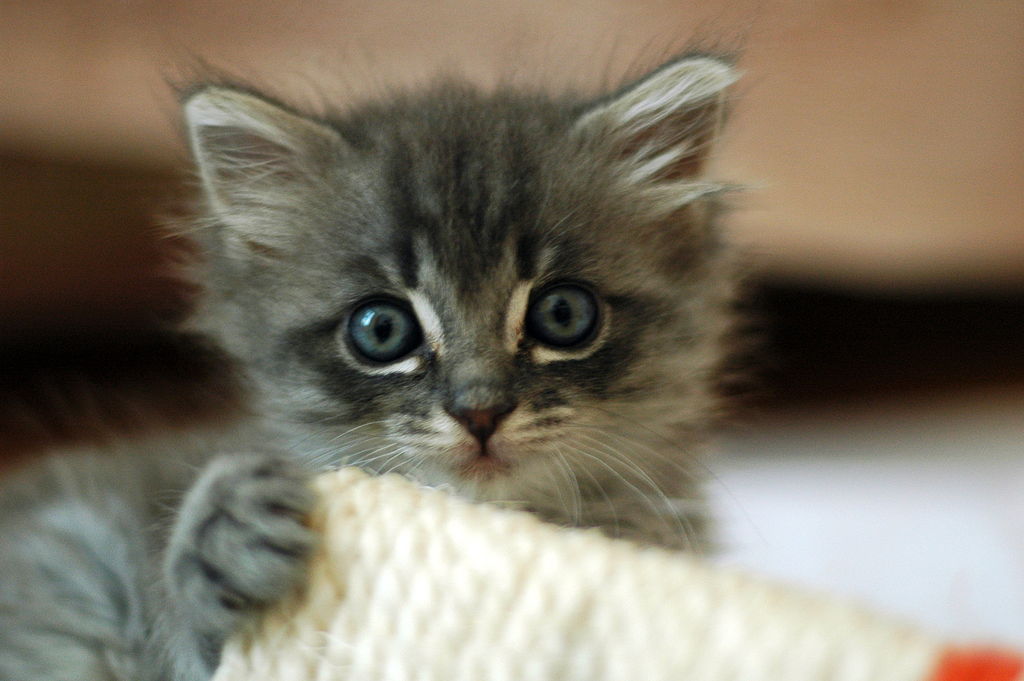
Solution number 1: Keep your pets in at night.
Pets (especially cats) are notorious for mauling nocturnal animals whilst you aren’t awake to keep an eye on them. Keeping them in also protects your pets from getting lost, becoming prey, getting into fights with other animals or even being run over by cars.
If you’re losing sleep from your cat or dog scratching on the door all night, yearning to get out, you can simply deter them from the door by applying a scent that they don’t like to the door.
This will keep them away from it and spare your beauty sleep.

Scents that Cats Don’t Like:
Citrus.
Eucalyptus Oil.
Pine.
Cedar.
Wintergreen Oil.
Scents that Dogs Don’t Like:
Mothballs.
Rubbing Alcohol.
Chilli Pepper.
Vinegar.
Ammonia.
Citrus.

Solution Number 2: Confine your pets to your premises.
A pet that can’t get into wildlife havens such as national parks will have a lower chance of getting at them. You can still make your backyard plenty of fun for your pet without live prey. You can include lots of space to run around, loads of greenery like small shrubs and creeping vines for them to sniff at and explore, a nice place for pets like dogs to dig (so they are doing something other than hunting), plenty of toys that don’t resemble the native wildlife (so they won’t be encouraged to kill them), fun obstacle courses like tunnels for them to run through, a water hole, anything else to keep them occupied, but most of all, a sturdy, tall fence to keep them in.

Make plenty of small hiding spaces for wildlife in your yard to hide in, such as mulch for reptiles, dense bushes, logs, rocks, etc. Try to make trees, especially ones with birds in them, hard to climb, possibly by wrapping slippery surfaces like plastic around the trunk. If you are up to it, you can create crossings like nets and hanging branches from tree to tree like ‘possum highways’ so that arboreal creatures can roam the trees without having to come to ground where your pets are. Don’t be afraid to attract birds to your house with a bird bath, they should be safer in numbers as there will be a higher sense of alertness. Make sure it’s high up so they will easily be able to see your pets, as well as an elevated bird seed feeder, bird house (and also possum houses/dreys), etc.
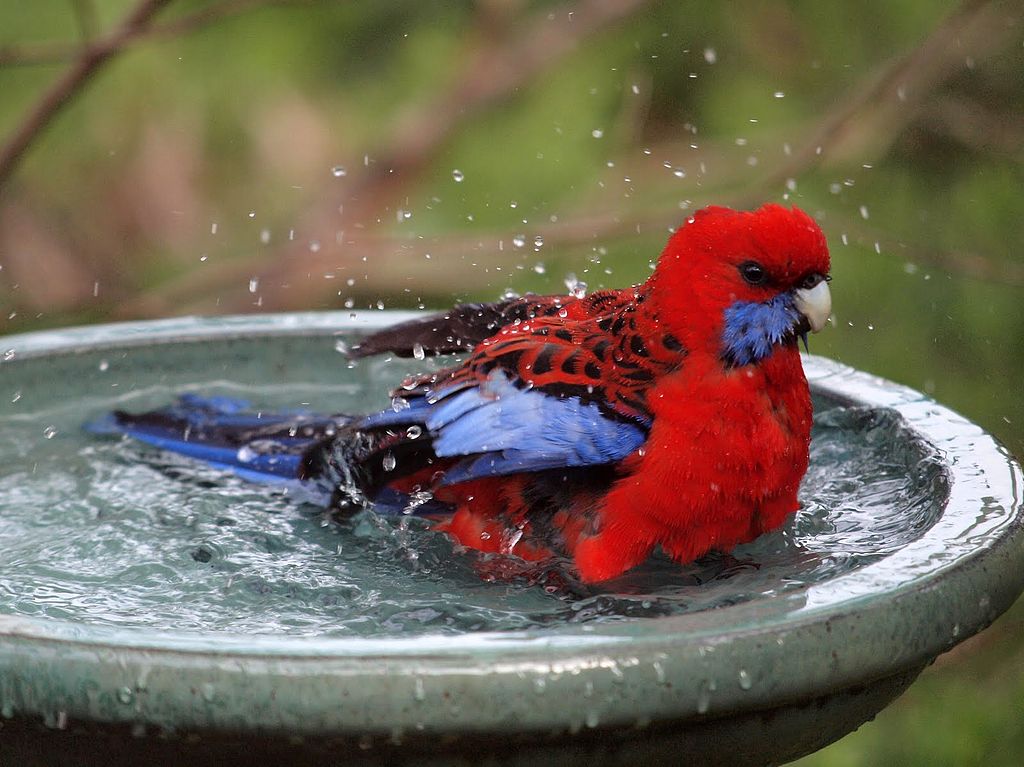
If you don’t have a backyard, you can still keep pets happy with plenty of fun things inside like toys, inside plants, obstacle courses, hidey holes, etc.
If your pet can climb your fence, you can also try the deterring smells again to keep them away from it, but if you live in a place where it rains a lot and you would have to constantly reapply the scents, you may be after a more permanent solution such as special netting around the fences.
Another such method would be to rig up a fairly simple contraption like this including a smaller PVC pipe inside a bigger one threaded over some steel rope (You can spray paint it to make it look nicer or match your fence).
When your dog or cat jumps up to get over the fence, they will try to get purchase on the pvc pipe and it will roll. The pet will fall back down, unable to get over.
.jpeg?timestamp=1467335324261)
Or, if you are building, buying or renting a new house soon, try to get one with a pointed picket fence that will be too sharp for them to stand on.
Solution number 3: Keeping an eye on your pet.
If you monitor your pet, you can stop them from getting to the wildlife at all. This means spending time with your pet, training them so that you can call them to you if they want to chase a poor critter, and keeping your pet on a leash so they can’t run off out of sight and so you can hold them back from potential, living ‘play toys’ like lizards.
This also protects your pets from biting animals that may bite them back! This can cause particularly sad results if your pet is unlucky enough to seize a venomous snake or spider...
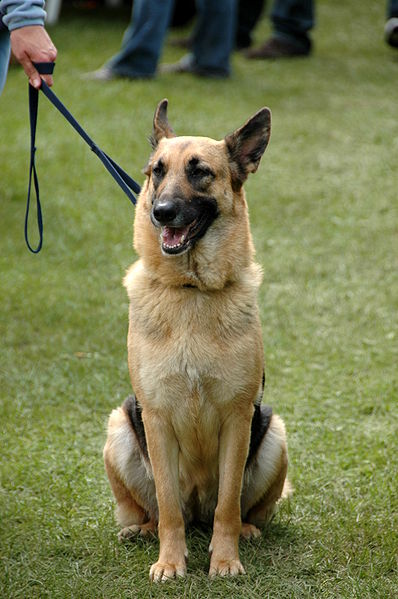
Solution number 4: No more silent hunters!
A pet without the element of surprise on its side has their hunting efficiency halved. All you have to do is attach a bell to your pet’s collar and the wildlife will be able to hear them coming and have time to get away. But be warned, after a while they learn to walk making minimum noise with the bell by keeping their head low and still, so it’s good to change up their bell to something different every few months to throw them off.
Or, you could rather go for a sonic/sonar collar that makes a beeping sound when the cat moves in a certain way.
A bright collar with lots of shiny, dazzling things on it is also easier for birds and other prey to spot. Apparently slipping a scrunchie (as in the ruffled 80s hair tie) around a cat or small dog’s neck decreases their hunting ability by 54% and is more effective than a plain, old collar as it is bright in colour and very easy to see since it’s so big.
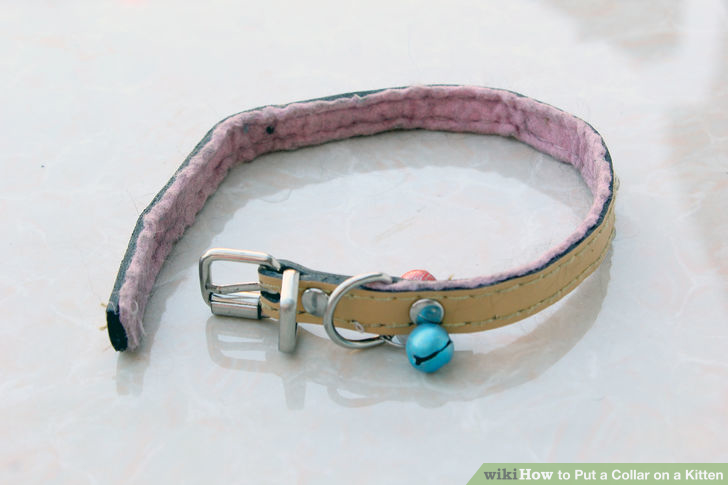
Solution number 5: Decreasing pet populations.
If the pet population stops growing, the wildlife numbers will be given a chance to rise. You are encouraged to support animal shelters and get your pets from there instead of supporting places where pets are purposely bred. This is almost like pet recycling, instead of making more and more, we should just use the countless ones we already have.
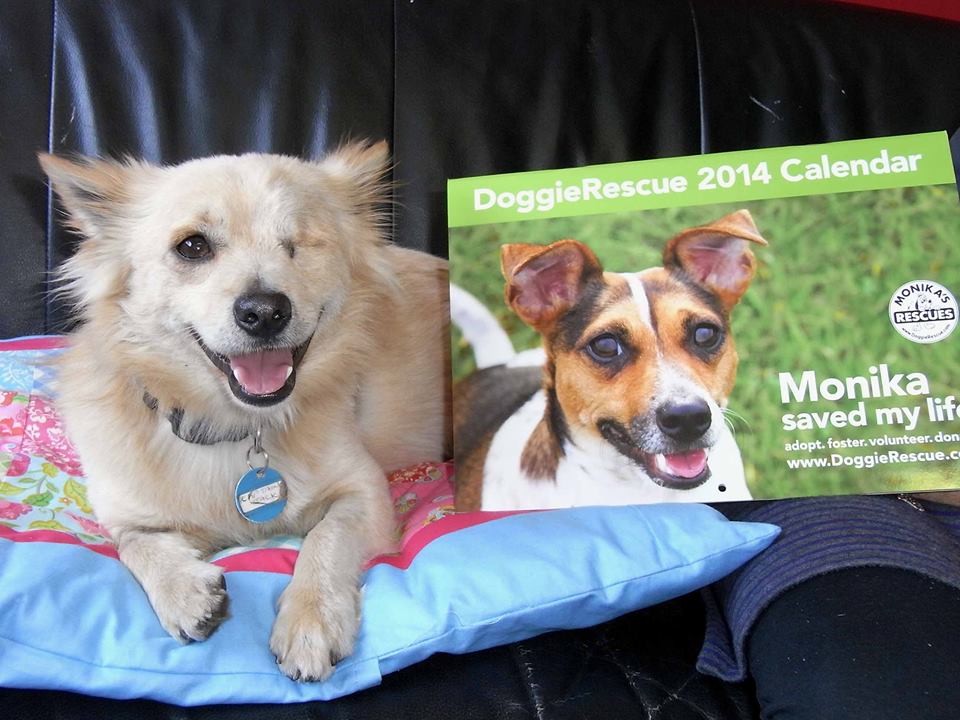
This also means taking your pets for a trip to the vet to make sure they can’t have any kittens or puppies of their own.
Keeping your pets in at night if they haven’t had their trip to the vet is also important to make sure they aren’t contributing to unwanted litters of kittens and puppies.
If you see a stray cat or dog wandering around, you may want to try hiring a trap (that won’t harm it), then bring it to a shelter.
If you are no longer able to care for your pet, please don’t release it into the wild! Giving it to a shelter or selling it to a responsible carer will be best for your pet, the wildlife and probably your conscience.
Solution number 6: Training your pet.
It is entirely possible to train your pet not to kill animals. You could persuade them to be afraid of the wildlife or you could punish them when they bring you dead critters. Nothing too harsh, you could just spritz your cat with water or give your dog a stern word. Whatever behavioural system you have in place, just as long as it works. Just punishing them isn’t amazingly effective though, as they could just as easily be killing animals without you seeing. Loyal pets are also more likely to do your bidding instead of chase after small game.

Don't:
● Bother getting your cat declawed, it’s very stressful for the cat and it can cause physical and psychological pain, it is expensive, and it doesn’t even do much to protect wildlife, as cats mostly just bite them to kill them.
● Over feed your pet in an effort to make hunting less appealing. Pets hunt for fun, whether they’re hungry or not.
● Let them outside at night.
● Release them into the wild.
Do:
● Confine your pets to your premises (obviously you can still take them on walks with a leash).
● Train your pets.
● Give your pets highly visible collars/scrunchies with bells/sonar devices.
● Keep them in at night.
● Keep your pet entertained.
● Get a shelter pet.
● Catch stray pets.
● Modify your garden to make it safer for the wildlife there (hang bird houses higher, make sure your pets can’t climb up there, create hiding places for the wildlife, etc.).
In conclusion, these simple steps will be carving a brighter future for wildlife and pet harmony.
Why not make a few small changes to become a more responsible pet owner today and save many lives of appreciative little critters in the long run?
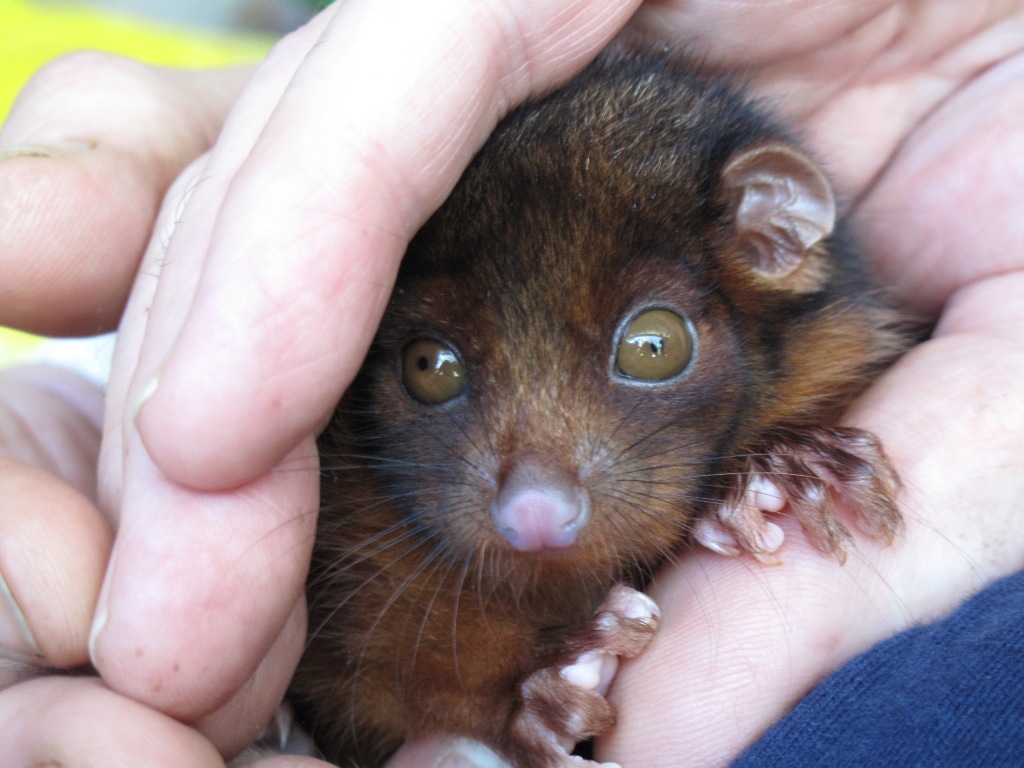
Thank You!
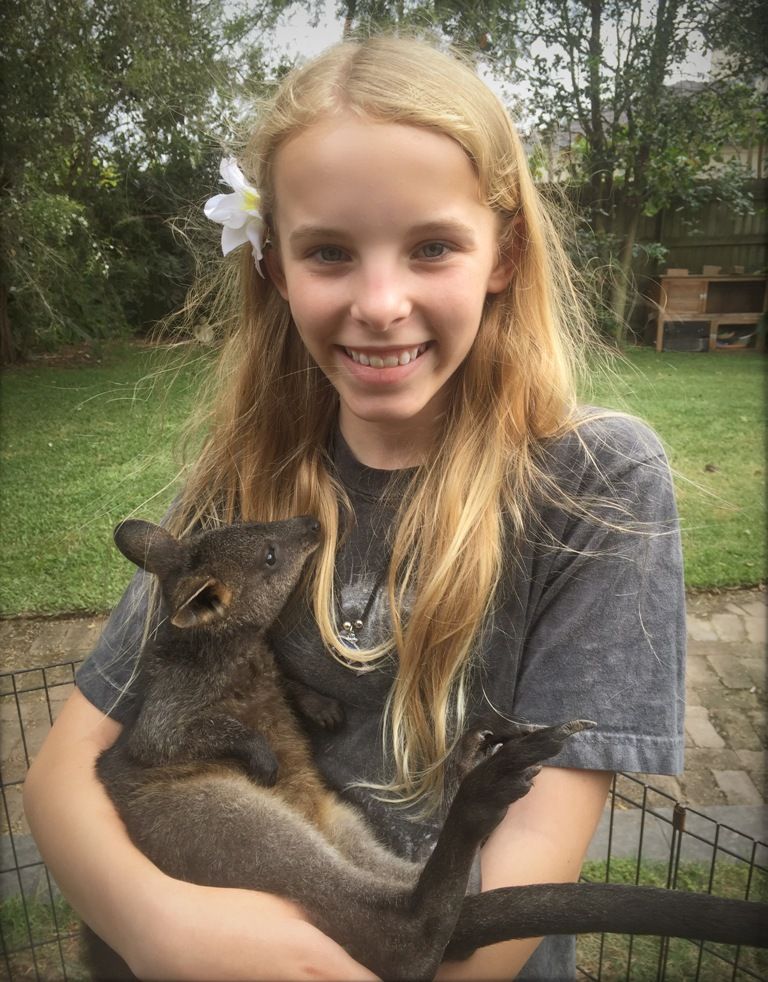
Kayleigh with a swamp wallaby joey
Article by Kayleigh Greig, Age 13.
_____________________________________________
Bibliography
http://pets.thenest.com/scentscatshate4180.
http://pets.thenest.com/smellsrepeldogs6274.
http://www.canidae.com/blog/2015/11/fivesmellsthatdogsdontlike/
http://www.abc.net.au/news/20150320/
http://www.scrunchiespreventwildlifedeathstudyfinds/6337222
http://www.keepanimalssafe.ca/faq.htm
https://www.cesarsway.com/dogtraining/
http://www.trainingtools/
http://www.creatingyourdogsdreambackyard
http://www.houzz.com/ideabooks/8824871/list/8backyardideastodelightyourdog
https://www.environment.gov.au/resource/protectingourwildliferesponsiblepetownership
http://www.wildcare.org.au/Documents/Wildcare_Pets.pdf
http://www.catbib.com.au
Image Credits
Cat with Bird courtesy Daan Franken/flickr creative commons
Kitten courtesy Nicolas Suzor from Brisbane, Australia
Sleeping Dog courtesy Eugene0126jp
Citrus courtesy André Karwath
Dog on leash courtesy Tim Dobbelaere
Train your pets courtesy Gekoam photo - Creative Commons license
A Crimson Rosella in a bird bath Canberra, Australia courtesy Duncan McCaskill